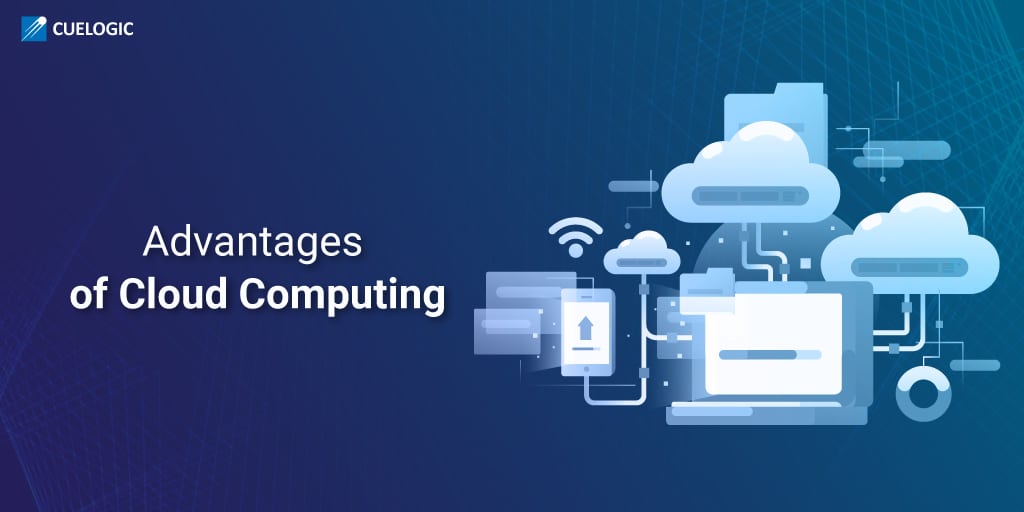Function of Cloud Computing
-
Increase Data Storage Capacity
The main thing about the function of this cloud technology is where you can increase data storage capacity. This is certainly not without reason because with a cloud storage system you can increase data storage capacity. Just imagine that you have 32 Gb of important data on your phone and there is still data that needs to be stored, then the answer is to use the cloud to increase storage capacity.
In a company, of course, there is such a thing as a stakeholder. Stakeholders of course still need to use cloud technology for just meeting with clients or also with employees. By using cloud technology, of course, this can be done easily and also with its more efficient performance, it can improve its performance.
Regular system updates are very important. This third function is the advantages and characteristics of cloud computing. Where, to overcome the various shortcomings that exist and imitate the development of the hottest issues in the era of digital-based technology, the method will continue to update the database in a structured manner. The update aims to improve security, then improve features to provide a better experience for online users around the world. Thus, every storage operation becomes more secure, targeted, and has high credibility.
Cloud Providers guarantee a certain level of service through contracts known as Service Level Agreements (SLA) that make it easier for their customers to provided uninterrupted service. There is no more delay that could be associated with geographical distance (for a technician to go on site), or lead delivery time for replacement equipment. The Cloud provider takes care of the hardware backup strategies and maintenance updates.
Cloud computing is elastic and scalable; users can increase/decrease resources as needed. This allows a business to grow or shrink to adapt to market demands.

